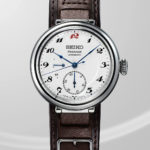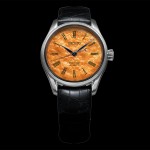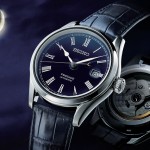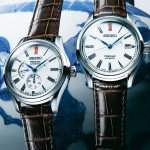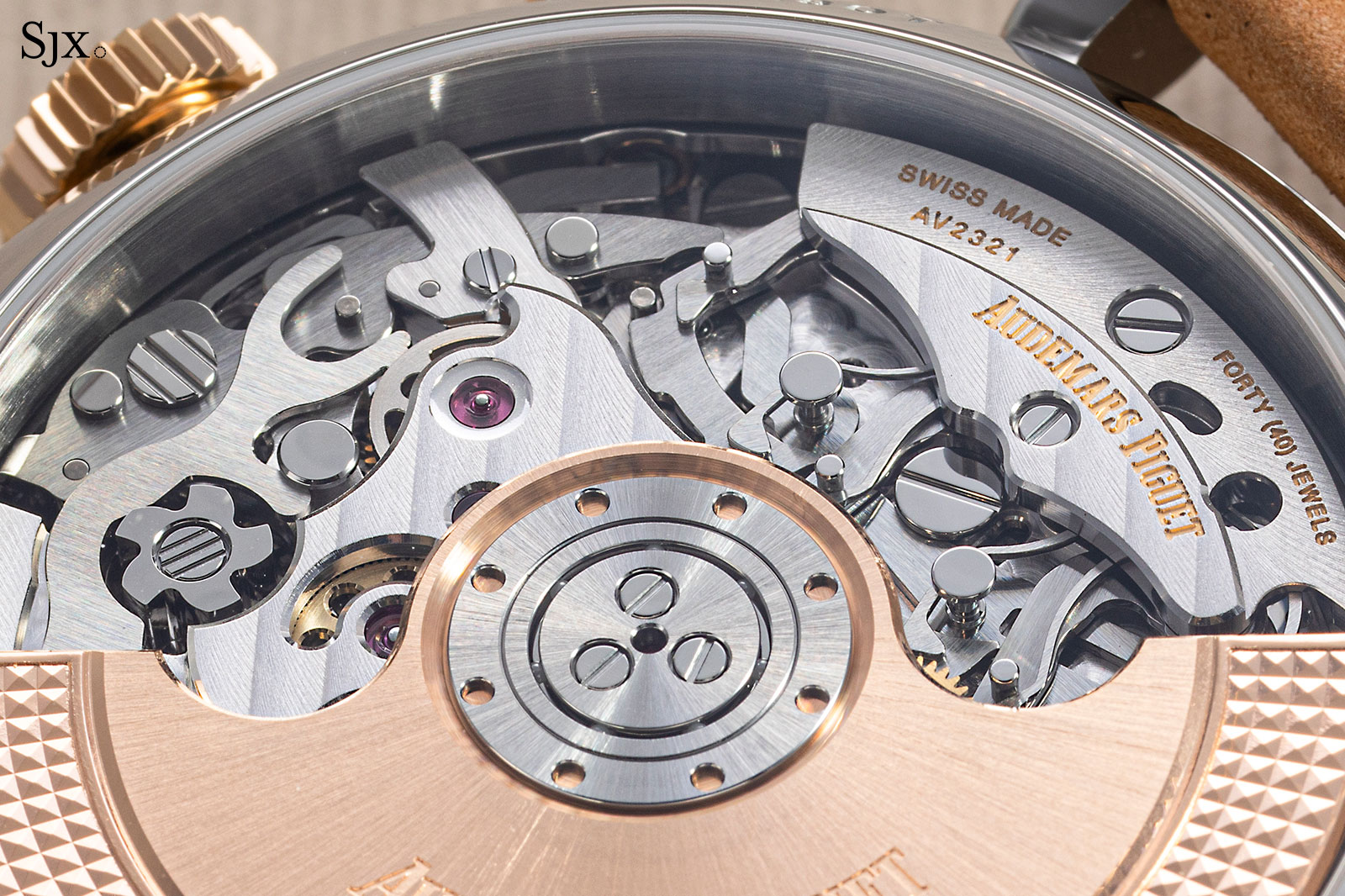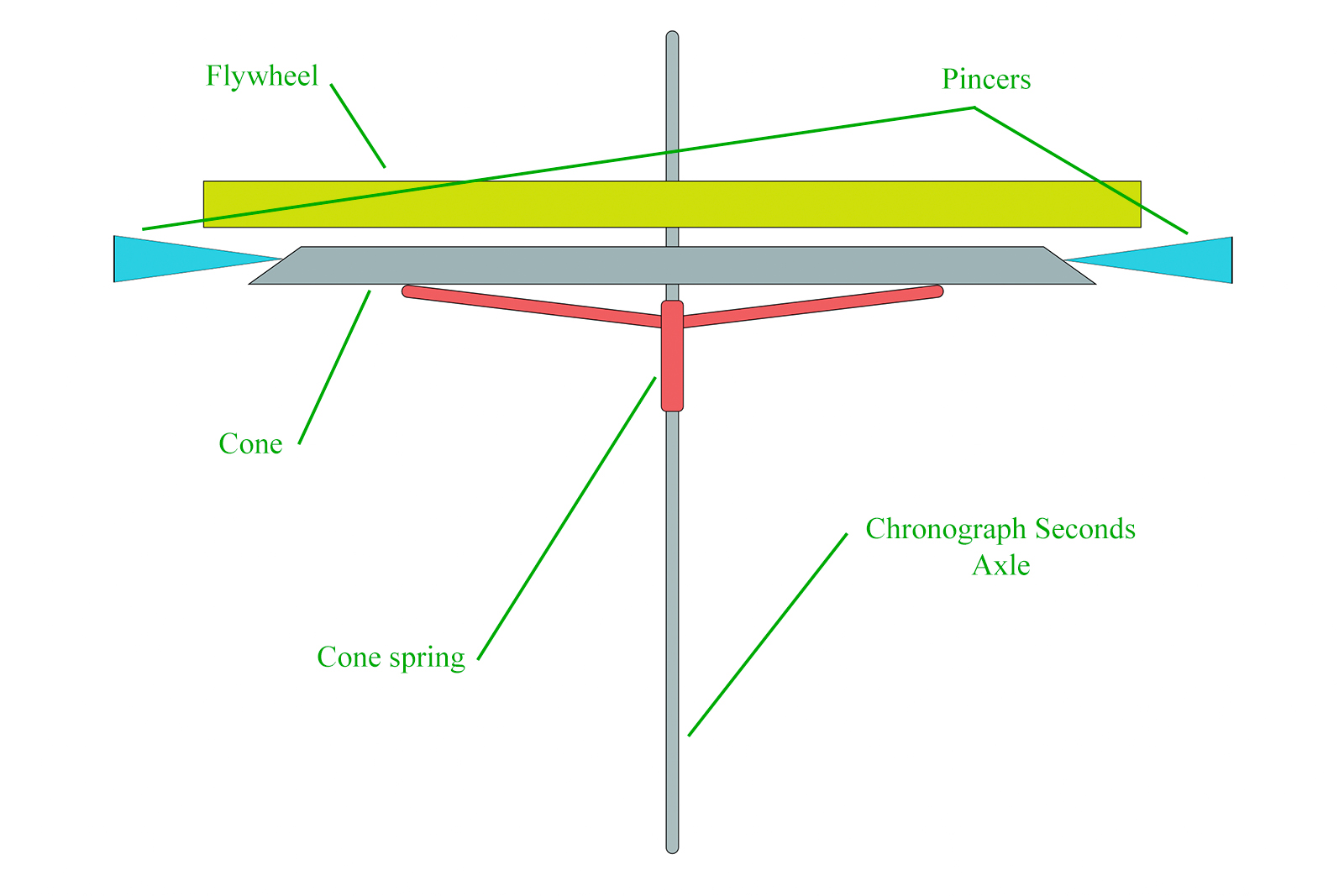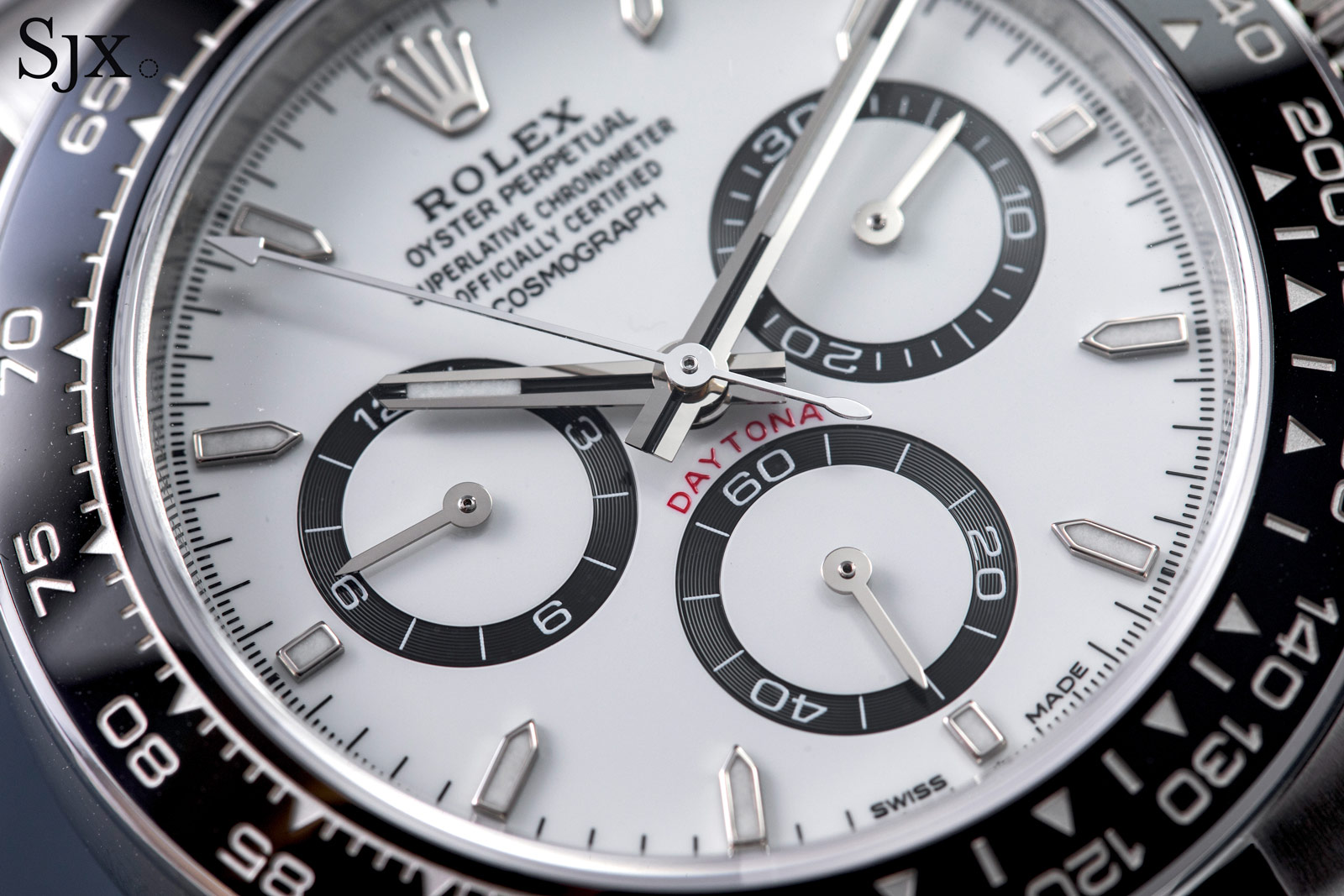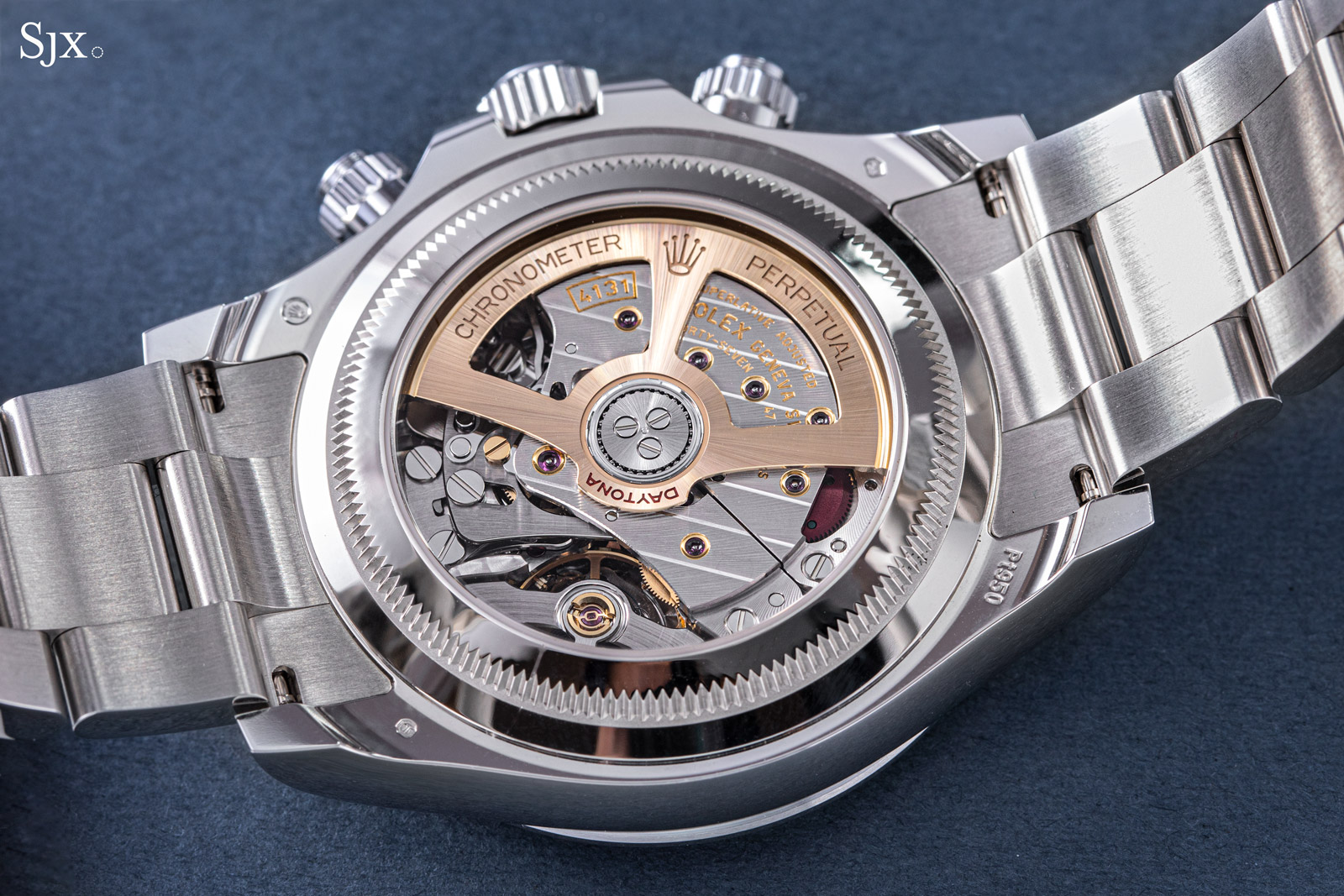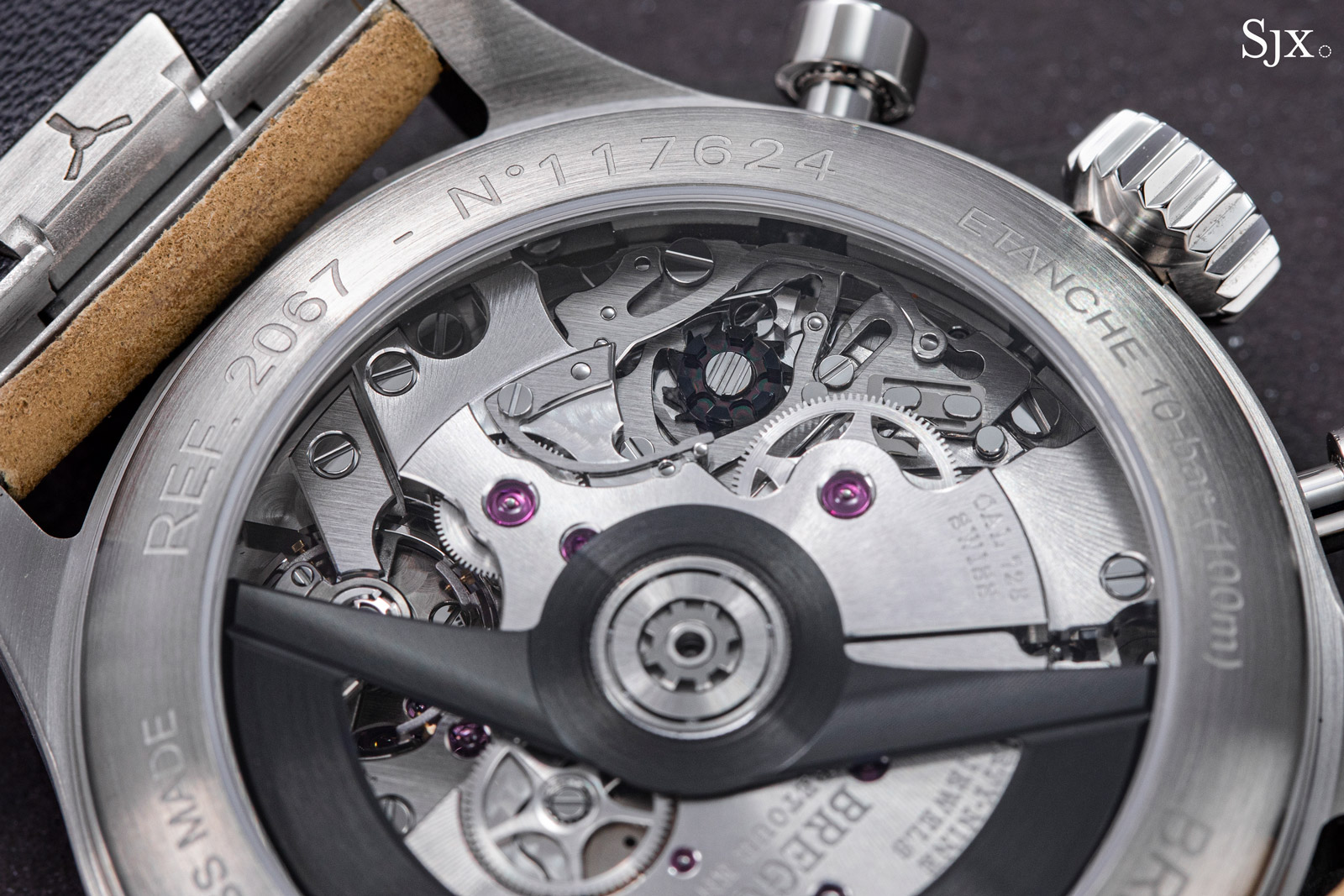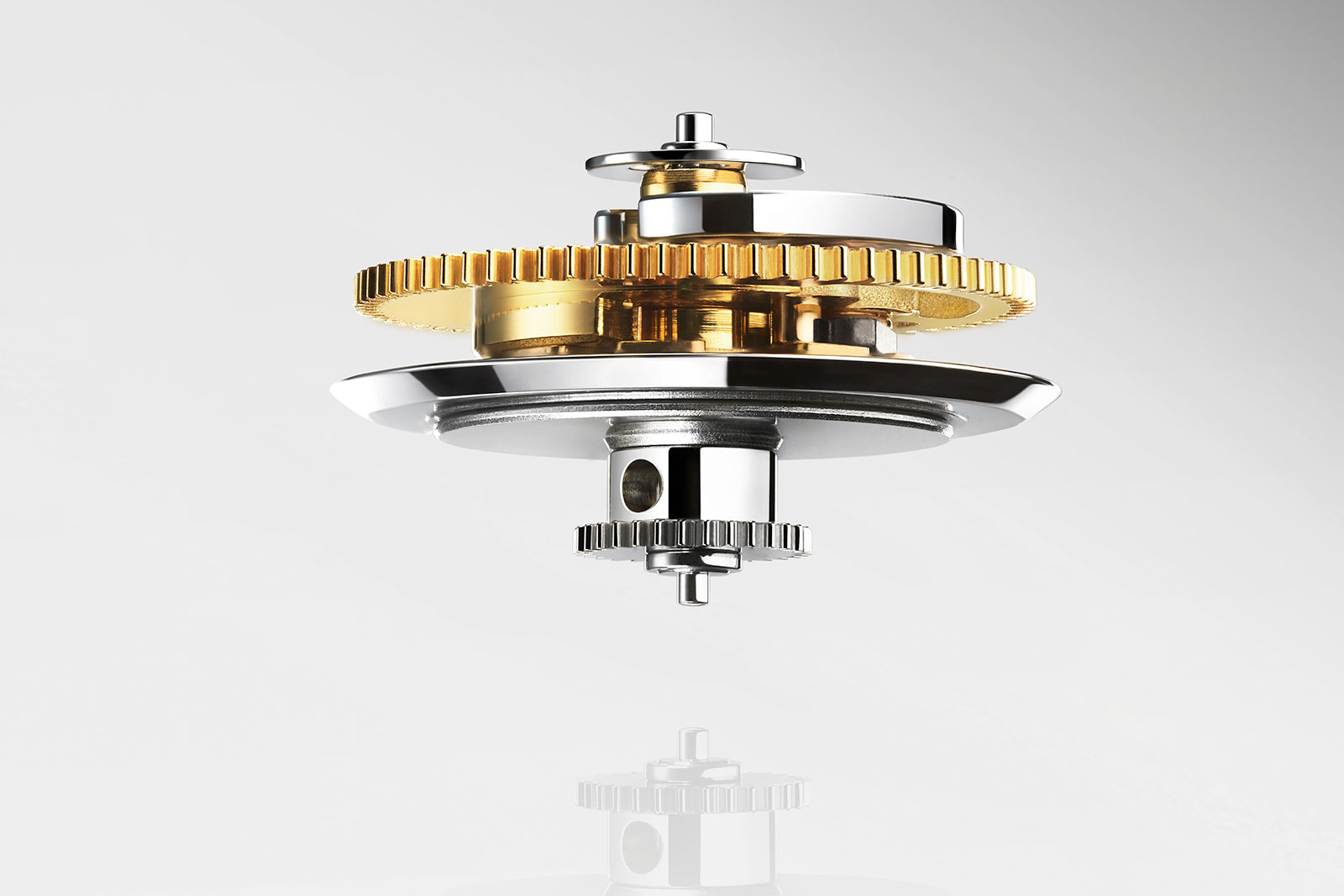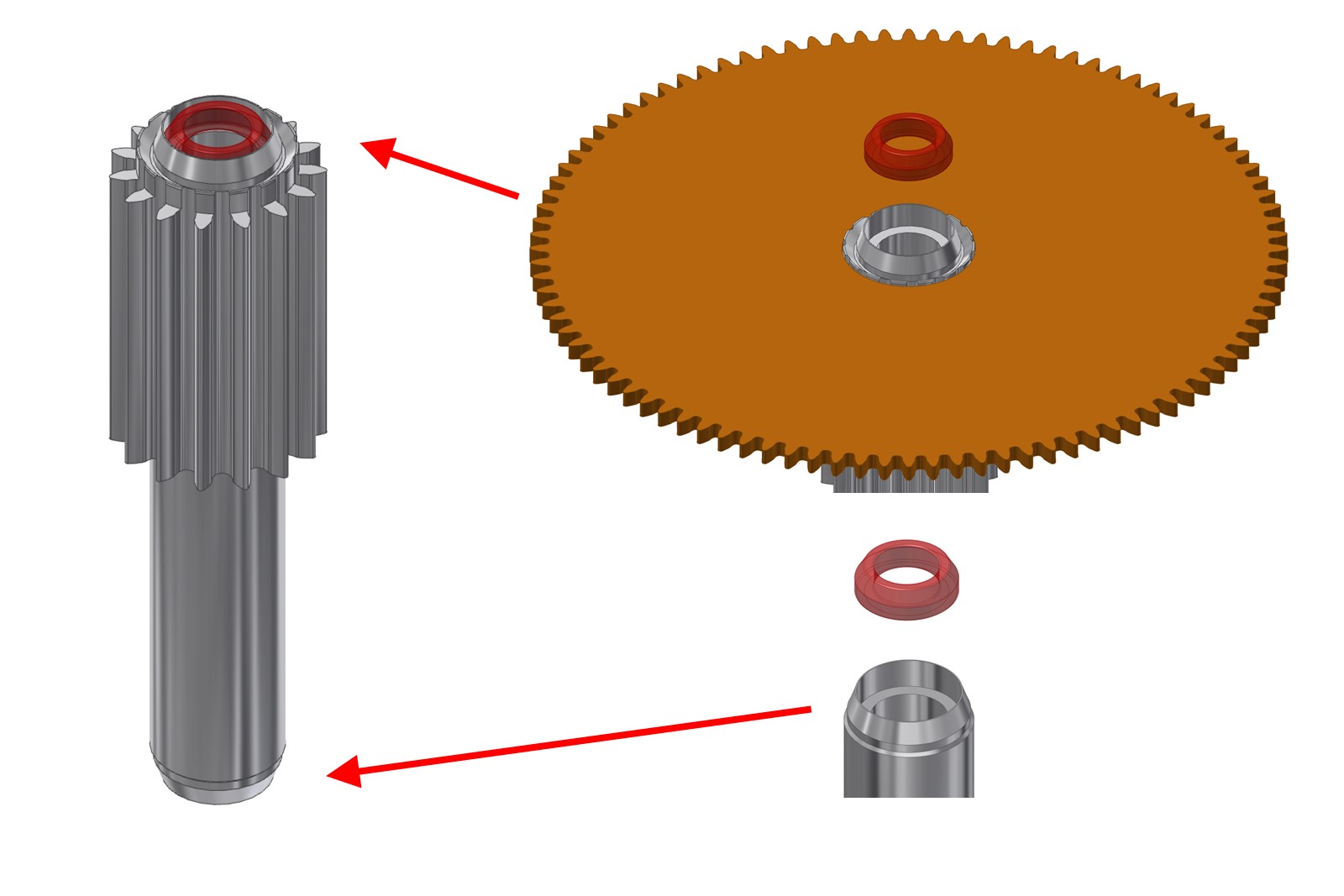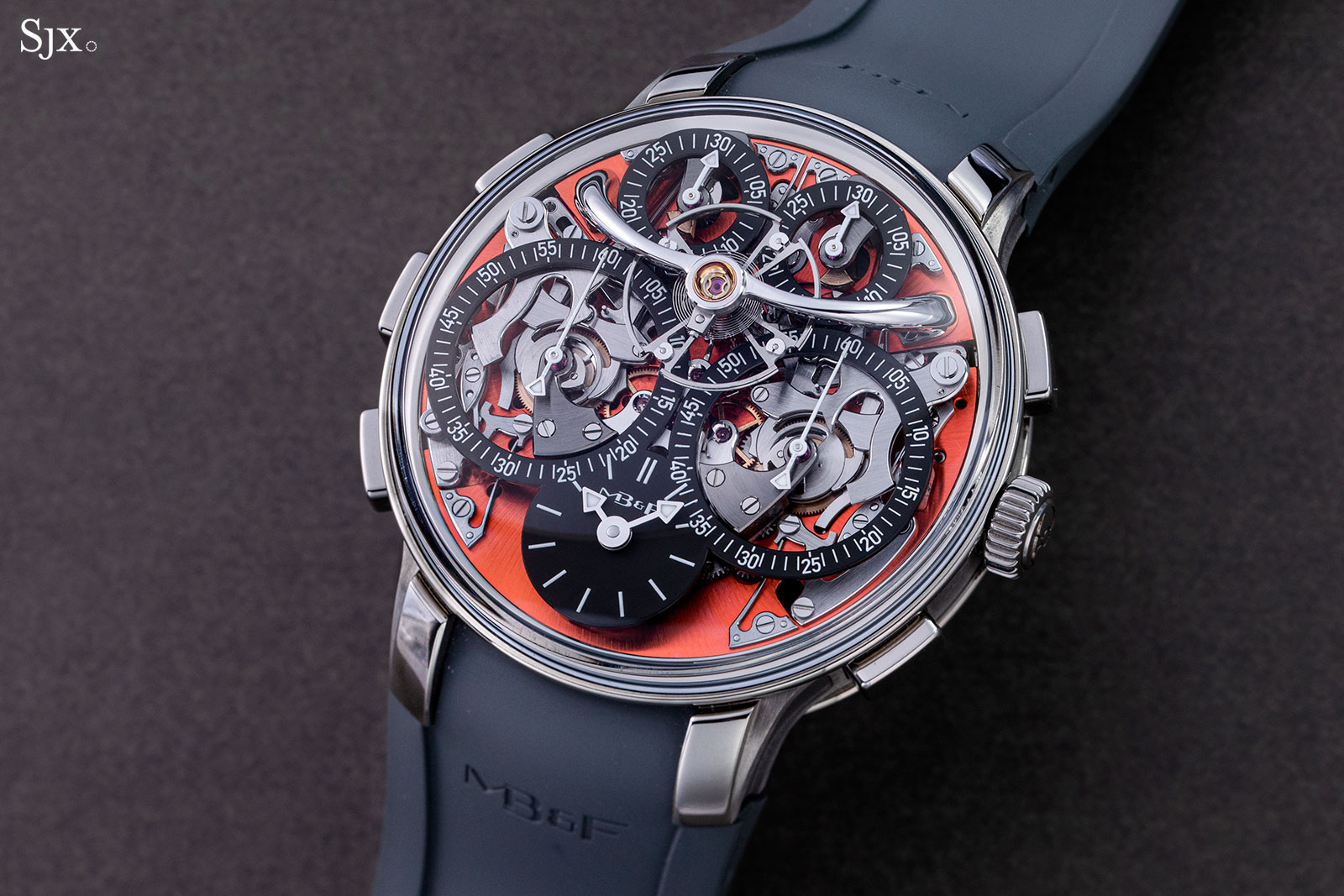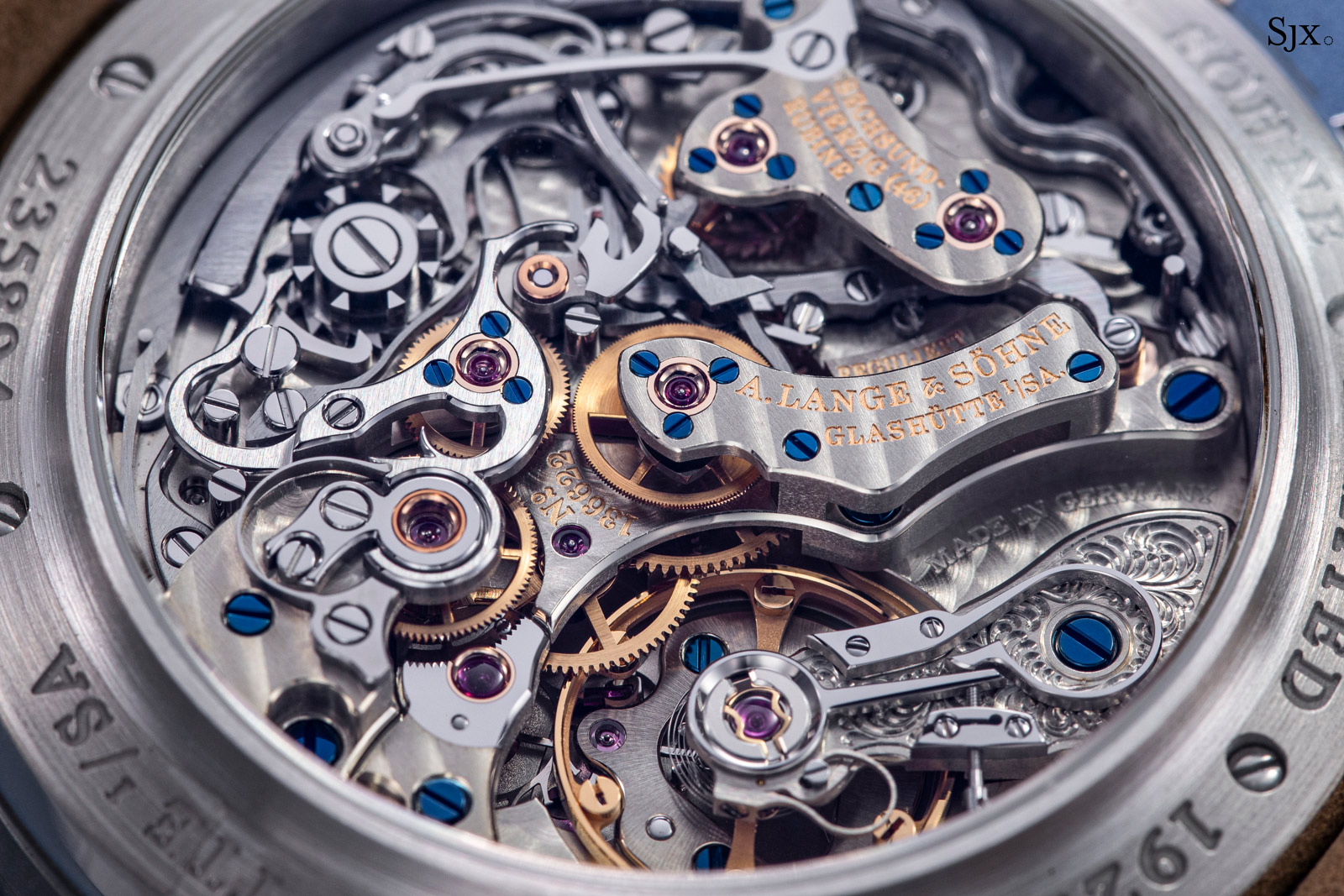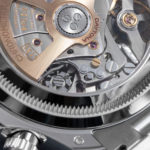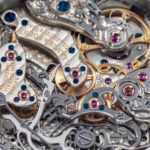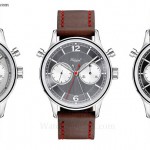The Seiko Presage “Laurel” Gets a Porter Classic Makeover
With a black fired-enamel dial.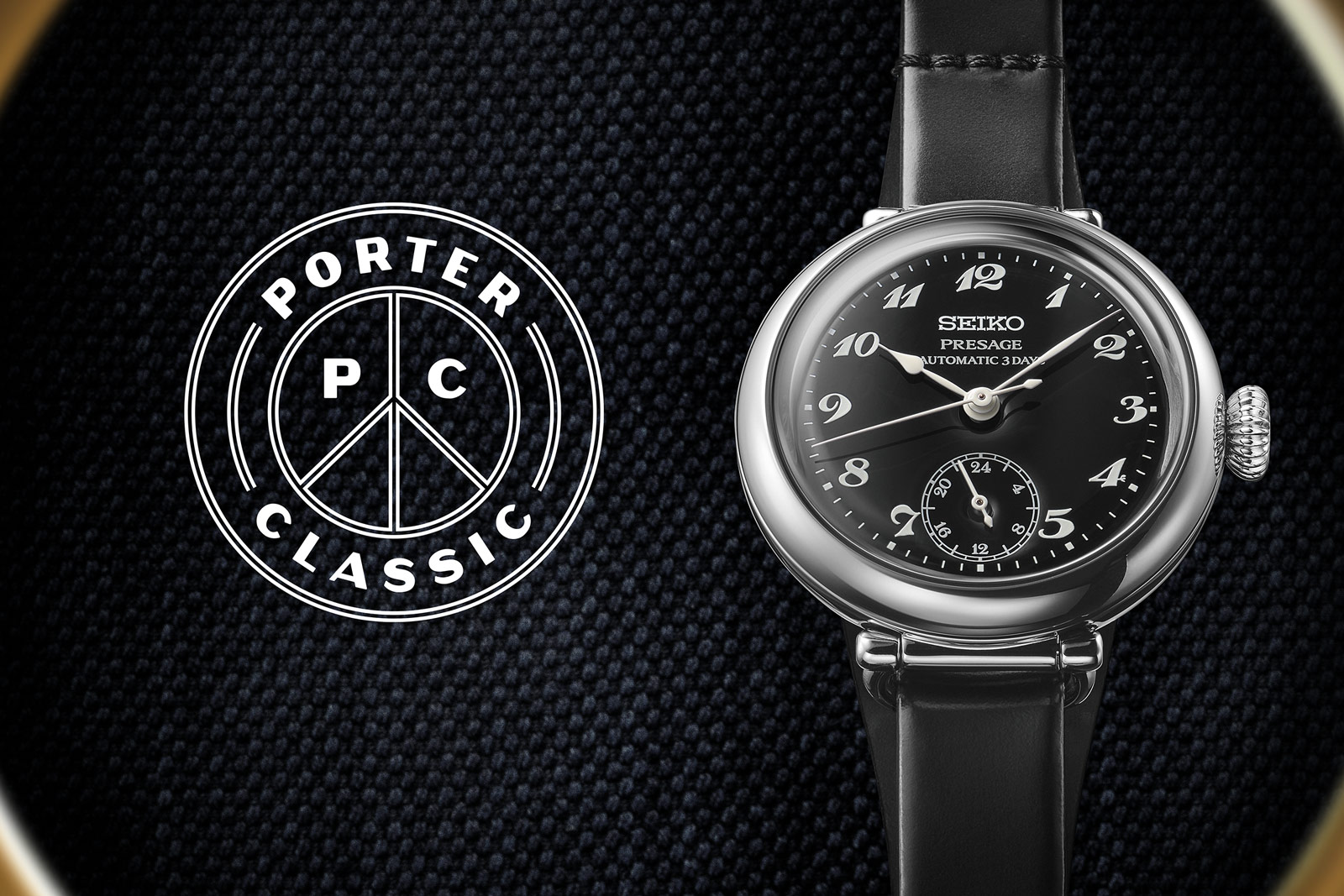
The Seiko Presage Craftsmanship Series Porter Classic Collaboration SPB449 is result of a collaboration with Japanese fashion label Porter Classic. It’s modelled on the Laurel, the 1913 Seiko timepiece that was the first wristwatch made in Japan, giving the SPB449 a look typical of early-20th century timepieces that were essentially pocket watches converted into wristwatches.
Porter Classic was founded by a member of the family that founded Porter Yoshida, the cult luggage brand known for its functional and pricey nylon bags. The brand offers clothing and accessories with a vintage feel, including jackets that accommodate pocket watches. Its take on the Presage is a modest tweak on the original: a black enamel dial made by the workshop of Mitsuru Yokosawa, the longtime supplier of enamel dials for the Presage.
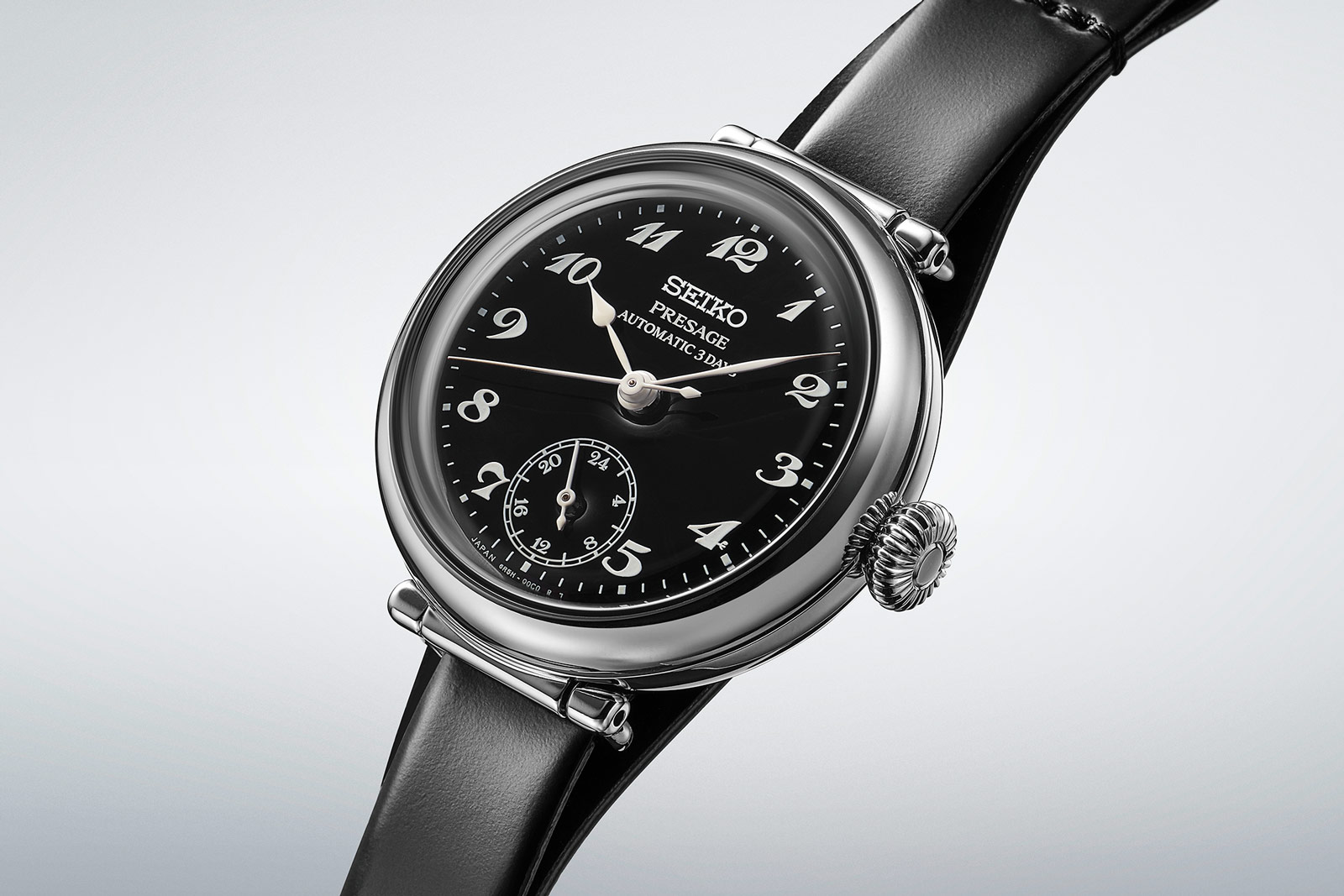
Initial thoughts
Collaborations between watch brands and lifestyle labels are now common, so the SPB449 isn’t a surprise, especially since it’s between two uniquely Japanese brands. Still, Seiko rarely does collaborations with the Presage Craftsmanship series. The aesthetic, however, is not new as this similar to earlier Presage limited editions, namely the SPB359 of 2022 and last year’s SPB441, that were similarly inspired by the Laurel.
While the difference between this and the earlier Laurel edition is basically a change of dial colour, the SPB449 stands out thanks to the high-contrast, black enamel dial. It’s striking even though the case is undersized at 35 mm in diameter (the vintage Laurel was even smaller).
Priced at US$2,300, the SPB449 offers good value. The fired enamel dial is uncommon in this price range, and this is unique with its Laurel-inspired case that is distinct from the conventional Presage.
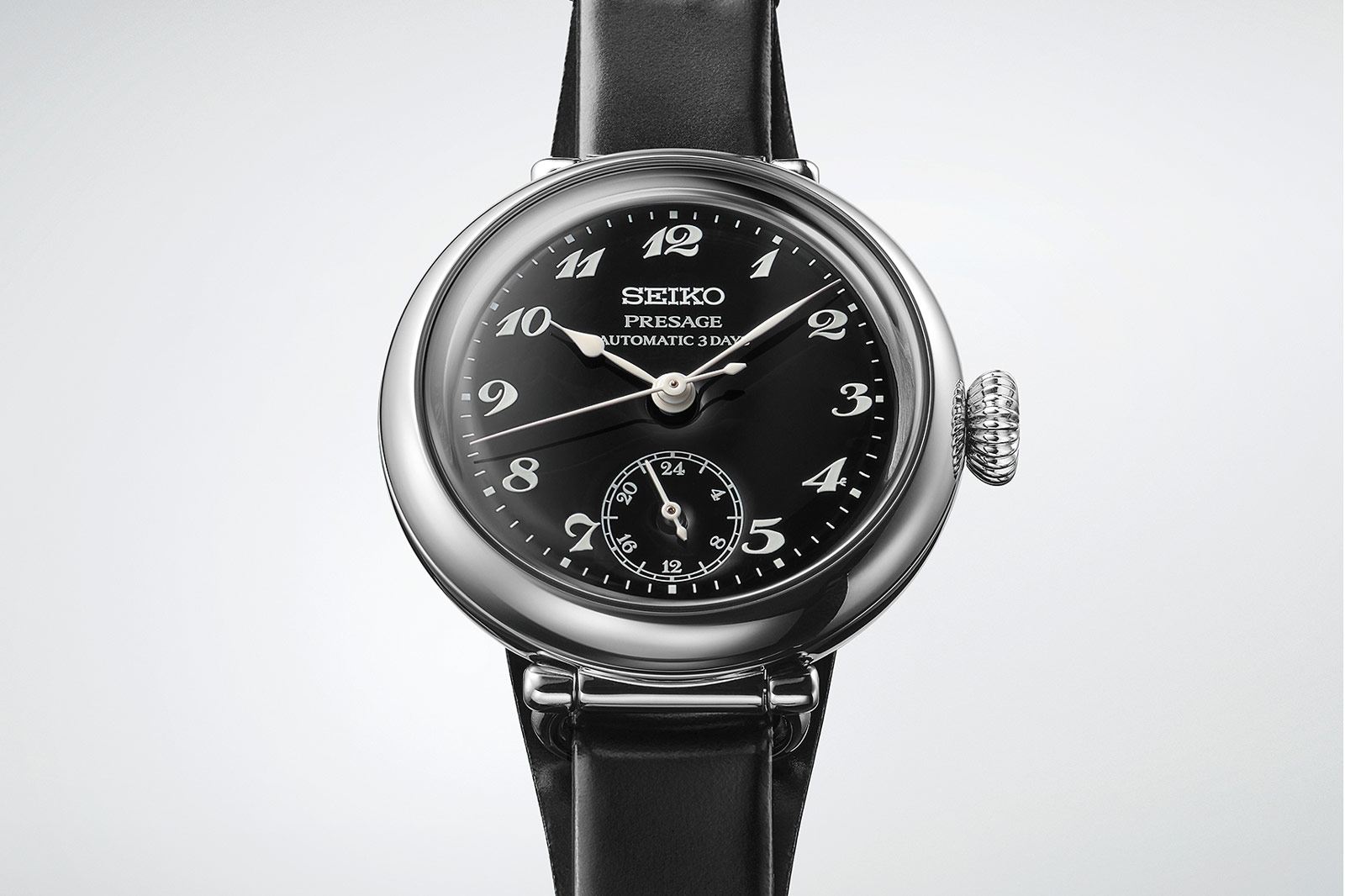
Fired enamel
Inspired by the wristwatches of the early 20th century that were often pendant watches modified for the wrist, the case of the SPB449 features an oversized, onion-shaped crown and “wire” lugs. The case is polished steel that’s finished with a “super hard coating”, a proprietary Seiko treatment has increases the surface hardness of the case alloy.
Fitted with a box-shaped sapphire crystal, the case measures just 35 mm in diameter and 12.3 mm high, dimensions that evoke the vintage Laurel. This is one of the smallest Presage models in the Seiko catalogue.
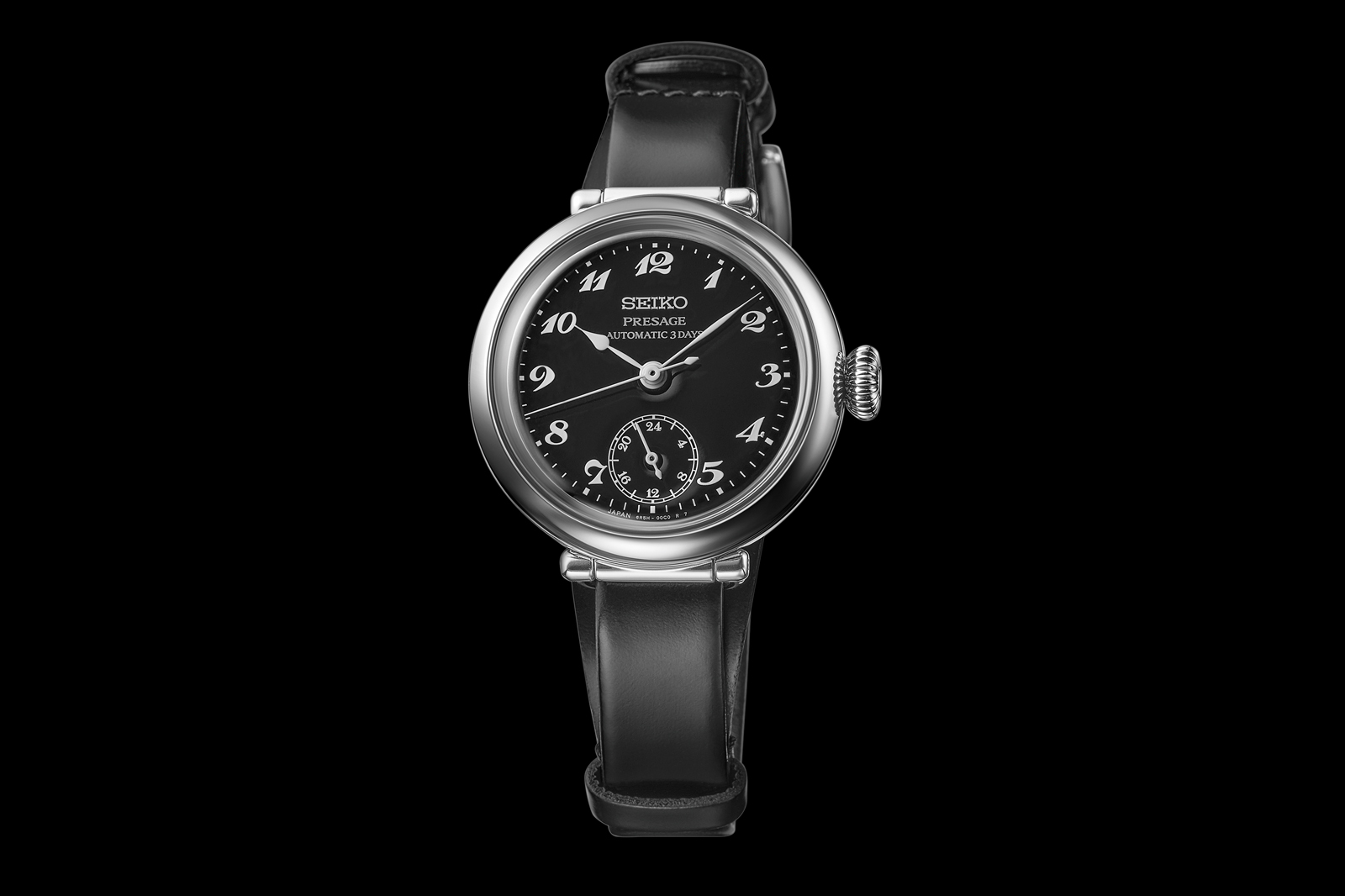
The black enamel dial sports spade hands and Breguet numerals, just like the original Laurel. The register at six indicates the current hours on a 24-hour scale; it is not a second time zone.
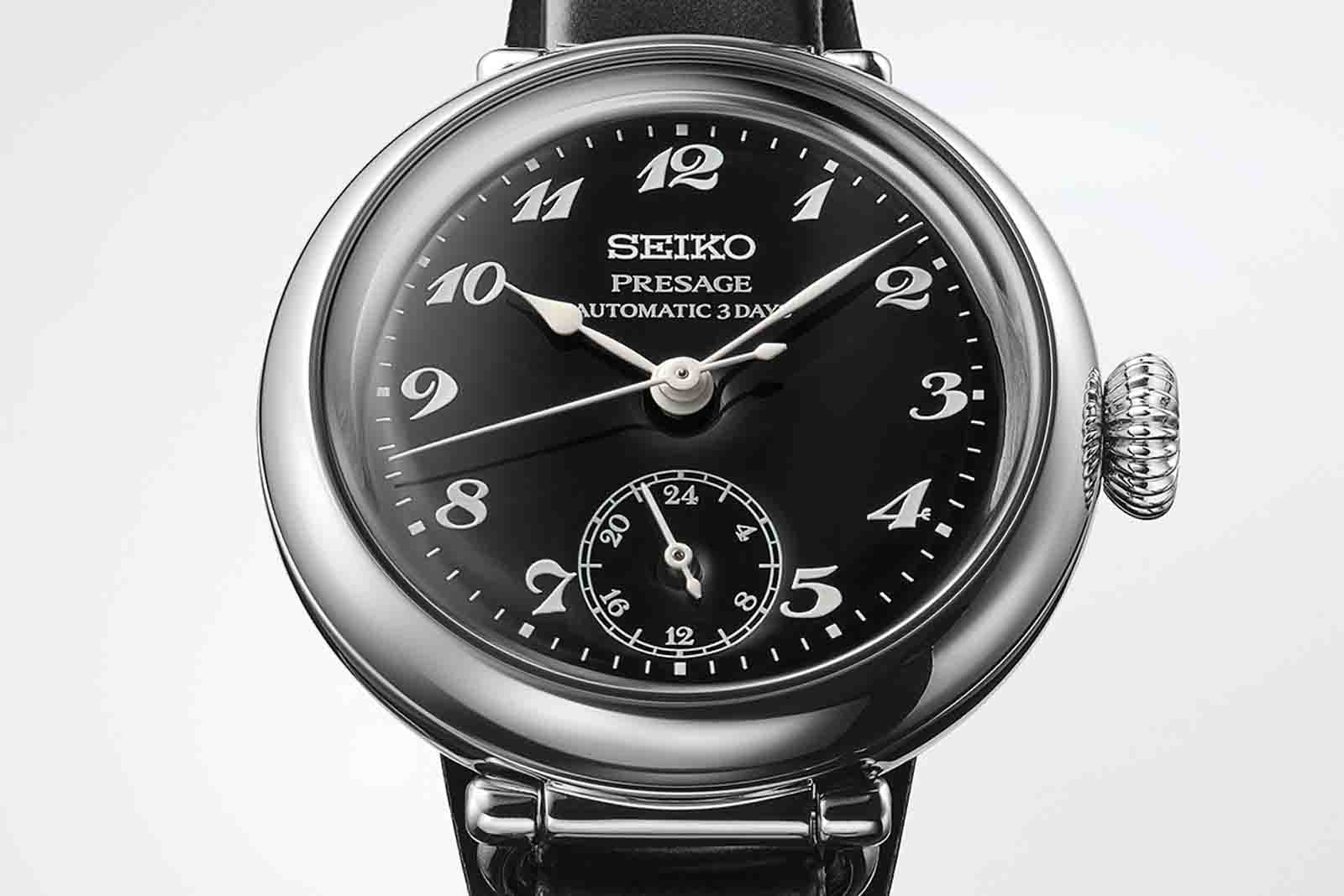
Powering the SPB449 is the cal. 6R5H, an automatic movement that offers three days of power reserve and beats at 21,600 beats per hour (3 Hz).
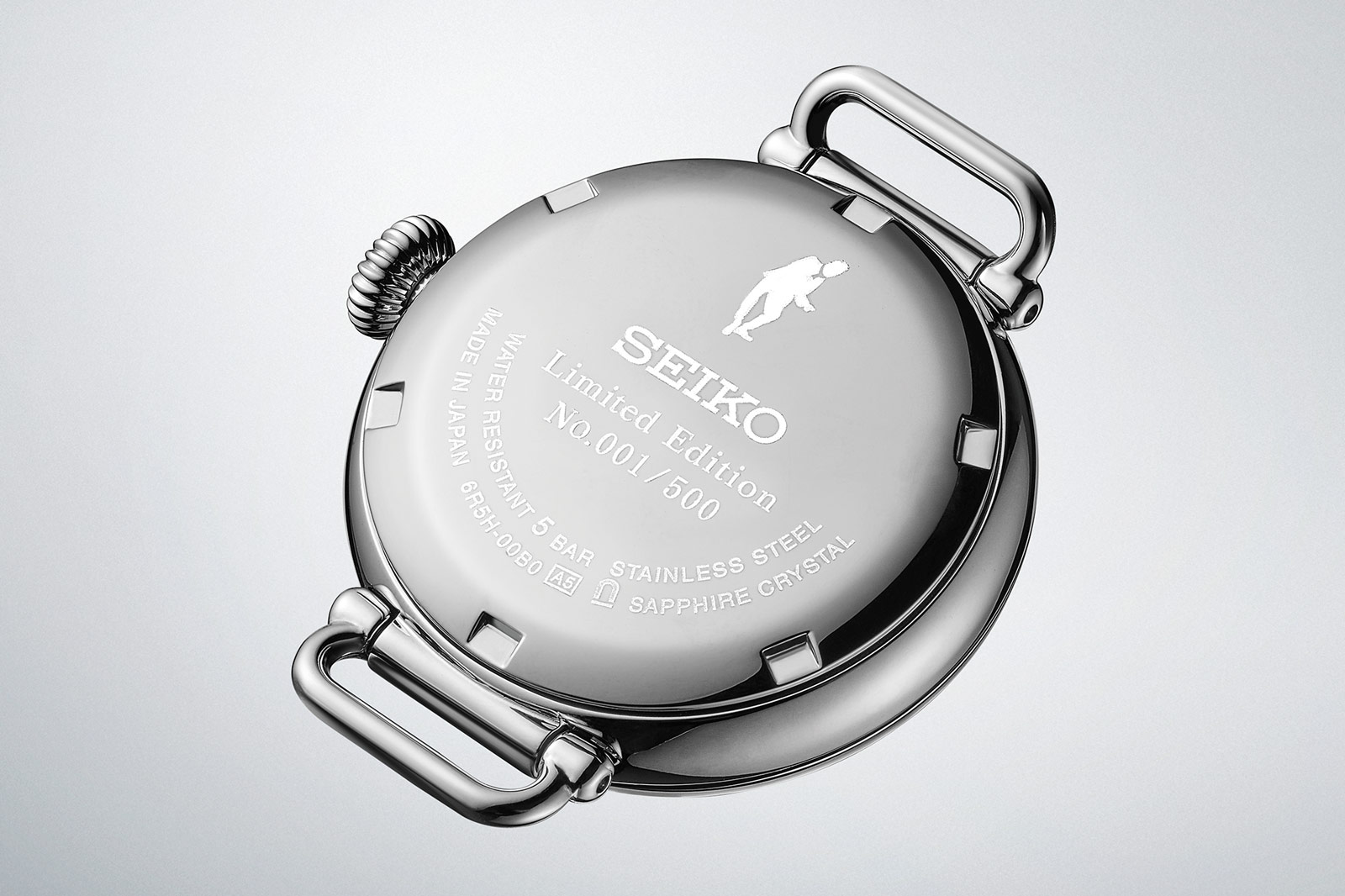
The solid back is engraved with a silhouette of Katsuyuki Yoshida, founder of Porter Classic, along with the limited-edition number
Like earlier Laurel-inspired models, the SPB449 is delivered with a “pull-through” strap that resembles a NATO-syle strap. In fact, it’s packaged with a pair, one in black and another in brown.
The SPB449 is presented in a box unique to the edition inspired by jūbako, the tiered boxes traditionally used to present food in Japanese cuisine.
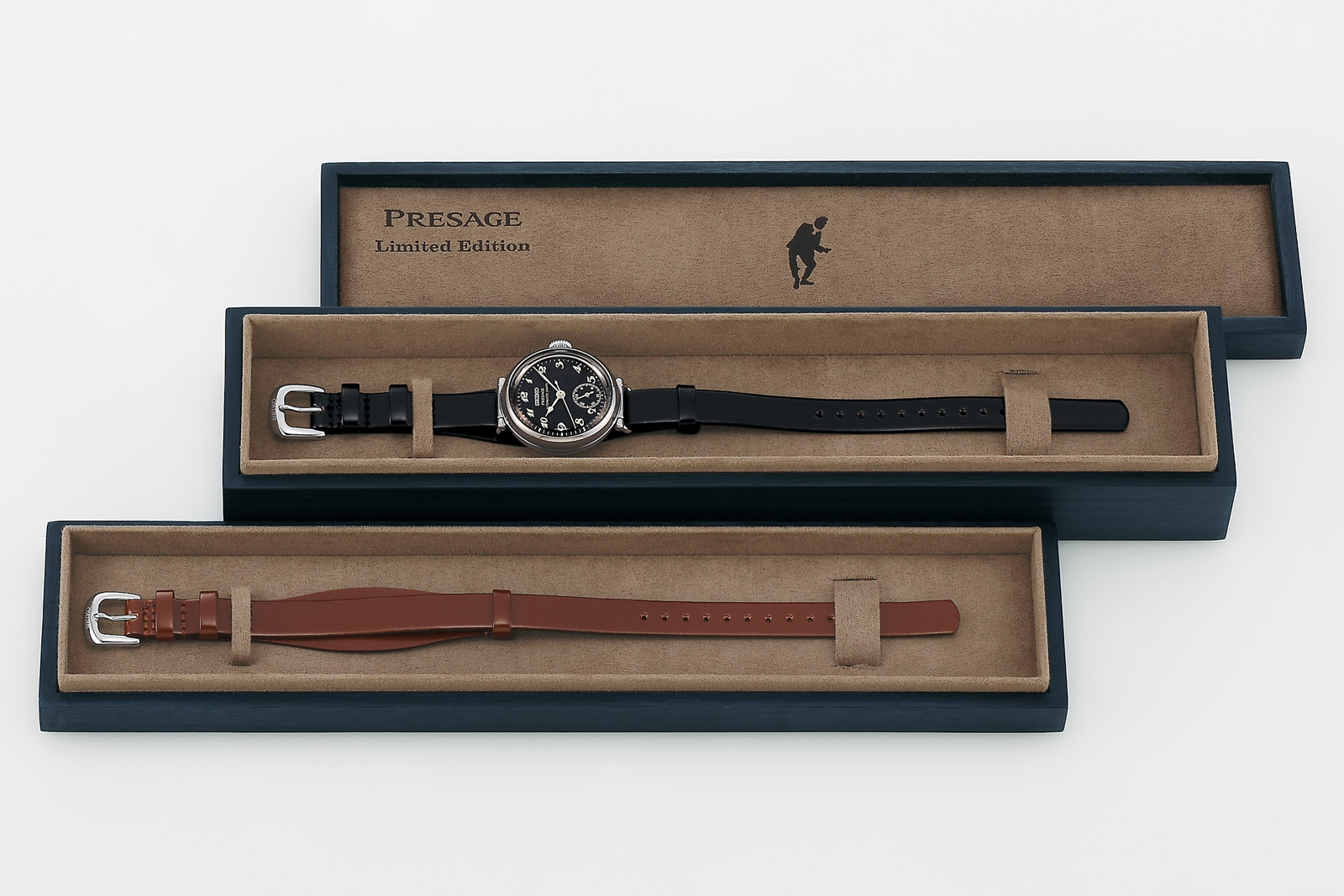
Key facts and price
Seiko Presage Craftsmanship Series Porter Classic Collaboration Limited Edition
Ref. SPB449
Case diameter: 35 mm
Case height: 12.3 mm
Material: Stainless steel
Crystal: Sapphire
Water resistance: 50 m
Movement: Cal. 6R5H
Functions: Hours, minutes and 24-hour indicator
Winding: Automatic
Frequency: 21,600 beats per hour (3 Hz)
Power reserve: 72 hours
Strap: Black cordovan pull-through strap and an additional brown strap
Limited edition: 500 pieces
Availability: Now at Seiko boutiques and retailers
Price: US$2,300
For more, visit seikowatches.com
Back to top.


